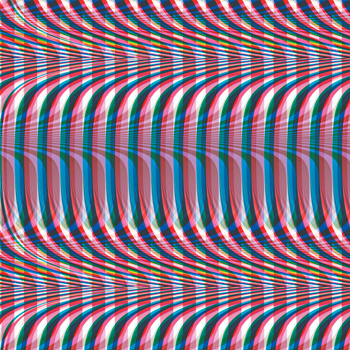int_e^oo(1-lnx)/x^2 dx=?
int_e^oo(1-lnx)/x^2 dx =?
2 Answers
Jun 27, 2018
Explanation:
Let
Jun 27, 2018
Explanation:
Here,
Subst .
So,
Using Integration by parts:


